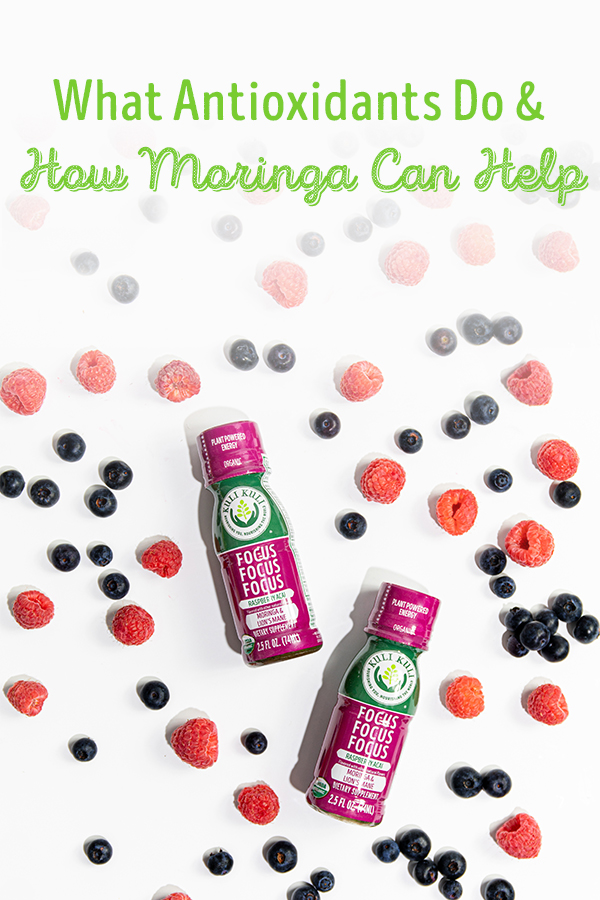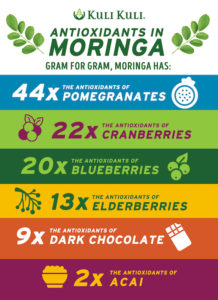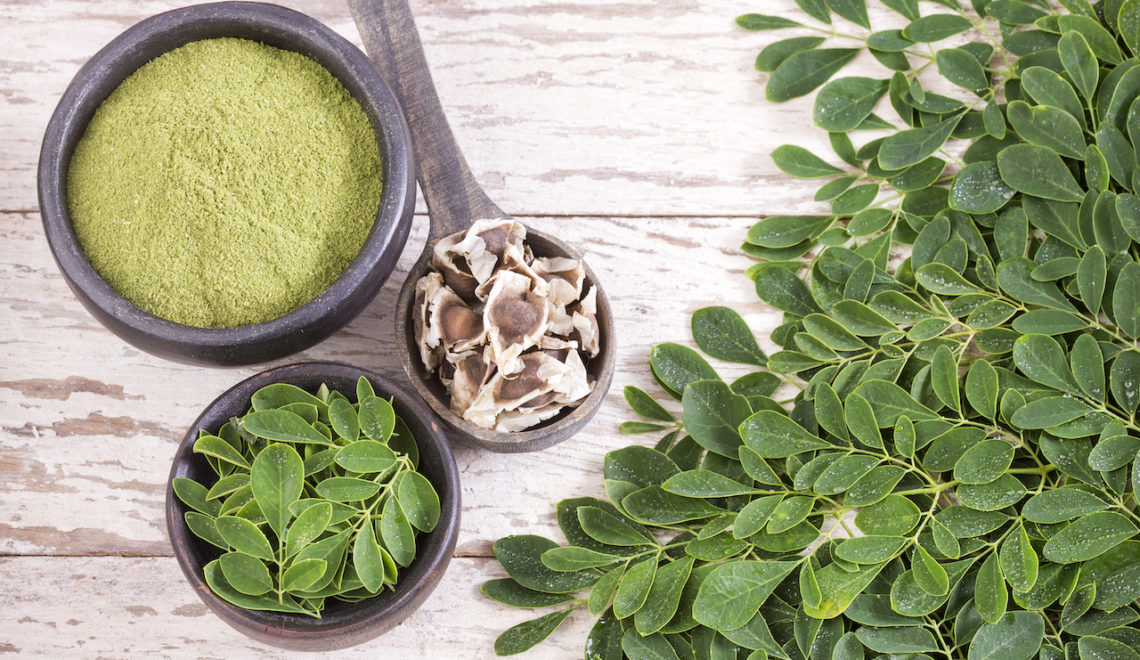Superfood. It’s a term we have heard a million times. If you’re on this website, maybe you are a health enthusiast, a holistic medicine practitioner, or a plant-based nutritionist. You have likely heard the term, and seen a million “superfood” products pushed at you, right?
So how about we take a step back and dive into the nutritional aspect of superfoods. You might be familiar with macronutrients (aka protein, carbohydrates and fats) as well as micronutrients (aka vitamins and minerals). We want to explore something a little less known today: antioxidants.
Free radical damage. Oxidation protection. Neutralization. Vitamin C. Sunscreen. These are all common associations with antioxidants, and terms that the health and beauty industry use to market their products. But how many of us know what antioxidants are? Why do we need them? How much of them do we need? How are antioxidants measured in a certain food?
What Antioxidants Are and How They Work
The term antioxidant is a catch-all term that describes a compound that can protect your DNA and other cells in your body. How do they work? Antioxidants counteract damage from free radicals. In order to understand how they protect our cells, we need to know how free radicals work.
Free radicals are unstable compounds formed in our body in response to environmental, emotional, physical, or any other kind of stressor. They lack some electrons (and hence, are unstable) so they try to steal some electrons from neighboring cells, thereby damaging them in the process. This kind of damage to cells is due to oxidative stress, which is what happens when there are too many free radicals in the body.
When this happens, either due to prolonged physical/emotional stress, age, or lifestyle, our risk of diabetes, heart disease, and even cancer can increase. There is no “fix” or way to prevent our bodies from making free radicals, because they are normal byproducts of our bodies fighting an infection, or our skin repairing itself from a day at the beach. So the question becomes, “how do we counteract them?”
Enter: antioxidants! Antioxidants act as the intermediate electron donor, so that the free radicals do not “steal” electrons from other cells.
Why Antioxidants Are Good
Our bodies operate on a simple principle: balance. In this context, we will be talking about the balance of free radicals to antioxidants. Antioxidants are naturally produced by our bodies and they fight free radicals, which are also naturally produced in our bodies.
In an ideal world, none of us would have any kind of stressors (yeah right), our bodies would operate optimally and produce the correct amount of each of these substances. However, there are a TON of physical, environmental, emotional, and genetic stressors that can hinder our bodies’ ability to create this balance. That’s why antioxidants are vital for our bodies and overall health.
Stress then, is not “the problem” as much as how we handle stress and take care of ourselves during especially hard times.
Foods Rich in Antioxidants
It should come as no shock that not all superfoods are created equal. A simple Google search of “best superfoods” yielded more articles than I can count. Acai, blueberries, pomegranates, wine (yes, wine has antioxidants too!), and some leafy greens are often the top recommendations. But as hard as I tried, I couldn’t find a reference to moringa anywhere!
Specifically moringa oleifera, which is a specific variety of moringa, and the one that Kuli Kuli uses. I was scratching my head because I grew up with moringa in my family. We are ethnically and culturally Indian, and drumstrick and drumstick leaves (aka moringa) are very prevalent in our cooking. Moringa has always been a part of my life.
I am also a plant based nutritionist and health coach, so I felt baffled as to why I couldn’t find any articles on antioxidants in moringa. I decided to go to a database, which I found from an article on Scientific American, that ranks 500 or so top superfoods based on their ORAC value.
ORAC stands for Oxygen Radical Absorbance Capacity, and is a test to measure how well a certain substance resists oxidation (ie., free radical damage). This kind of test is necessary to compare antioxidant levels in foods because it gives us a way to quantify the strength of antioxidant power.* Gram per gram, moringa has more antioxidants than a lot of other superfoods, including dark chocolate and blueberries.
Additional Thoughts on Moringa
This antioxidant value is not even considering the macro content offered by moringa, including its complete protein amino acid profile, incredible vitamin C content, immunity benefits, and its possible ability to help treat autoimmune disorders.
If you want a sneak peak into the Top 10 Reasons to Eat Moringa Everyday, that article offers a great “benefits summary” too.
Moringa oleifera has unlimited potential in boosting our health. I enjoy it regularly in my cooking as well as with Kuli Kuli’s amazing products, and am grateful to share my passion with you!
*We want to emphasize in this article that we are comparing moringa’s antioxidant values “gram per gram,” which is one way to understand nutrient-dense superfoods like moringa; that said, we’re not recommending anyone eat more than the daily recommended amount of moringa. You can learn more about How Often to Eat Moringa too.
For healthy recipes and nutritional insight, check out my recipe blog MyVeggieHacks.com or sign up for my new course at MyPlantMood.com. I’m also on Instagram @thevegetariancarnivore.

Don’t forget to tag @kulikulifoods in any social media posts you share so we can see your beautiful creations!












Dear Janani,
“I decided to go to a database, which I found from an article on Scientific American, that ranks 500 or so top superfoods based on their ORAC value.”
Can you please share link and also other references link you mentioned in the article ?
Thanks,
Vikram
Hi Vikram! Will update the article with the reference links. For now, the link to the ORAC values summary is here and the link to the database is here. Hope that helps!